In garden sites, you can implement various landscape design options. At the same time, it is easy to express their creative potential with the help of garden sculptures, bringing a variety of surrounding landscape. The development of garden design can be ordered from a professional or personally to participate in the creative process to give their individuality.
We plan to style garden sculpture and place of its placement
Something unpacable resembling members of the family gnomes, stones with painting in the form of animals, pastoral shepherds and forest nymphs, storks, mushrooms and cupids, stylized deers and dragons, Chinese moon gates and thickets of ivy, focusing on figures - possibilities are limited only by sculptural material And the fantasy of the wizard. You can create a miniature world of small sculptures, inhabited by the heroes of fairy tales - it is important that you do not refuse to feel a sense of measure.
In order to determine the choice how to decorate the site with the help of garden sculptures, use the following tips:
- imagine how organically the one or another figure in the surrounding atmosphere of the garden will look - if a certain dissonance occurs, it is still worth refranking from such a decoration, no matter how sweet it seems;
- usually from the garden sculpture, it is not necessary to become the main part of the landscape composition, there will be enough introduction of some harmonious accent;
- it is necessary that the garden sculptures correspond to the size of the site and the proportions of its individual zones. Then, as a pleasant additions, they will become a real highlight of the flower beds either will decorate the group of trees;
- for the picture, it is usually necessary for a suitable frame - for sculpture in the space of the garden plot, figurine truncated trees and bushes can be performed, complex compositions of blooming at different times of plants and shrubs, as well as internal walls and various gates, paved walkways, arches, arbors, bridges , benches, compositions of stones;
- garden sculptures can be placed at the beginning or end of the track, opening overview of the territory - either as part of the compositions of trees, honeysuckle and ivy;
- to decide on the placement of the sculpture, draw her sketch on cardboard (approximately in full size) - and try to place it in different places of the plot.
It is important to plan the decoration of the garden area with the help of sculptures in such a way that it does not occur with the number of decorative elements.
Materials for garden sculptures
As a material for decorative garden and park sculptures, use:
1. Metal - solid and durable wear-resistant material for outdoor decoration. It is made of it, including quite expensive copper and bronze figures. Garden sculptures from metal will be organically look at the background of buildings of various styles.
2. Natural stone:
- marble - these sculptures are real works of art, a smooth form of the figure, as if "highlighted from the inside." Marble sculptures will give expressiveness landscape;
- granite - durable natural material that is little subject to atmospheric influences. Such garden sculptures, like marble, emphasize the wealth and status of outdoor decoration of the site. In combination with granite bears, ladders, small fountains they will look especially harmonious;
- sandstone - The manufacture of garden sculptures from this material requires less effort and costs, so such garden figures differ significantly less cost - and at the same time rather durable.
3. Gypsum - in contrast to natural stone, these products are not created from homogeneous block of material. Gypsum is a low cost, it can be given any form - due to this it is suitable for making sculptures at home. Garden decor made of plaster is quite fragile, but with appropriate care is quite durable. Traditionally, a variety of columns and garden sculptures are made of gypsum.
4. Natural tree - copyright sculptures from this material of natural humidity are unique and unique products. Tree - eco-friendly, living material with natural appearance. Such a sculpture can harmoniously fit into the landscape and give the completion of the landscape of any style. In order to increase the durability of garden sculptures from a tree and emphasize the texture of natural wood, the figures are covered with a special toned composition.
5. Concrete - This material is more elastic than a stone, so it is quite convenient to work with it at home. Sapping Cults of concrete is distinguished by the resistance to atmospheric influences and can be in the open sky all year round, it will be necessary only to occasionally update the coating. Thanks to the decent weight of such a garden decor, steal it will be very problematic, so you can not worry about the safety of sculpture in the garden plot.
Production of garden sculptures do it yourself
Thanks to a wide choice, it will not be much difficult to choose the appropriate material for the manufacture of sculptures of any style. A variety of garden figures are presented on sale - they can be purchased in stores for gardeners or souvenir departments.
If you wish, you can make garden sculptures with your own hands, including from undergraduated means (except for the above materials, you can use clay, mounting foam, tile, glass, and cobblestones, automotive tires, plastic bottles and tin cans).
Coloring cobblestones with moisture-resistant paints, you can lay out various figures (for example, God's cows, turtles) on a flowerbed or lawn. Thus, you can get a whole zoo from frogs, ducks, bunnies, cats, etc.
Molding of concrete garden sculptures
For the manufacture of concrete sculptures, you need to prepare a cement-sandy solution - mix the cement and sand in the proportion of 1: 3. Make the framework of the framework of the frame for the future garden decor. For figurines like fungus, caterpillars, turtles framework can be made of rigid wire, bending it in certain directions. Next, a solution is applied to the manufactured basis by layers, gradually giving the necessary outlines to sculpture. To increase the strength of the product and protect it from atmospheric effects, the sculpture is coated with a layer of a special protective solution.
A large garden shape that will stand on Earth, you need to install on the foundation in order to avoid sorting of soil. For a small decor of a small size, it will be enough to compact a slightly ground. Standing on the stairs either the sculpture path must be fixed using fittings.
Casting from gypsum gardens sculptures
Alternatively, the laying can be made with their own hands a gypsum garden decor. It will take sculptural plaster for its manufacture (dry plaster-based plaster is suitable, or ordinary plaster from the economic store). If you did not get a form for the fill of the gypsum, it can be made independently - the ready-made figurine, as well as clay (it can be scored in a career or purchase in a construction store). Place the clay in the pelvis or trough, spread a small amount of water so that the mixture "keeps the form." Make a sculpture print in the clay mixture - press it with the front side, and then make a similar impression for the rear halves. Carefully pull out the figure, containers with clay prints. Set to the sun for drying, or dry in the oven. Small slits formed from cracking of clay can be smeared with clay or plasticine.
For further work, rubber gloves will be needed. Gypsum is divorced by cold water to the consistency of sour cream, thoroughly mixing to the removal of lumps. PVA glue (10-25% of water) is added to the diluted gypsum. The solution must be made immediately before the fill in the form, as it quickly freezes. Gypsum can be replaced by a cement mixture - such a figure will differ greater durability.
In order to subsequently, the plaster is easily separated from the form, it must be treated from the inside with greasy lubricant - paraffin, vaseline or vegetable oil. A mixture of grated soap, sunflower oil and water is suitable for 2: 1: 7. Pour the prepared gypsum solution in the mold and wait for solidification, after which it remove the half of the figurines from the form, we leave for final overall (for this, the optimal temperature is 16-25 ° C). Next, glue them with each other moisture-resistant glue and paint acrylic paints. To reduce paint consumption, the sculpture should be pre-treated with a special primer or a mixture of PVA and water glue in proportion of 1: 2.

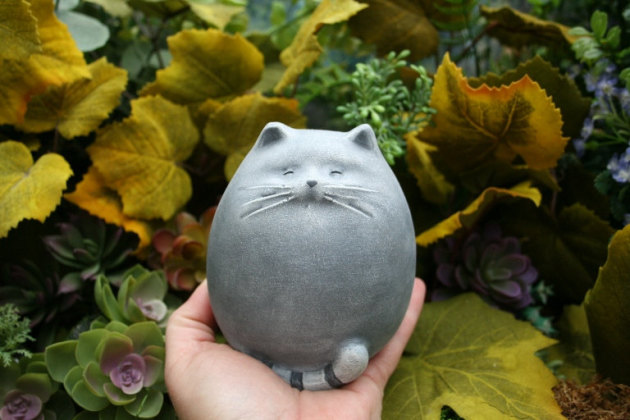

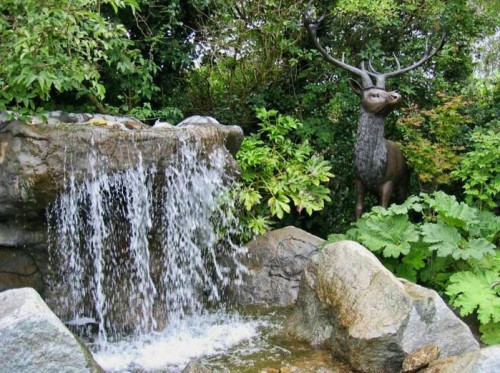
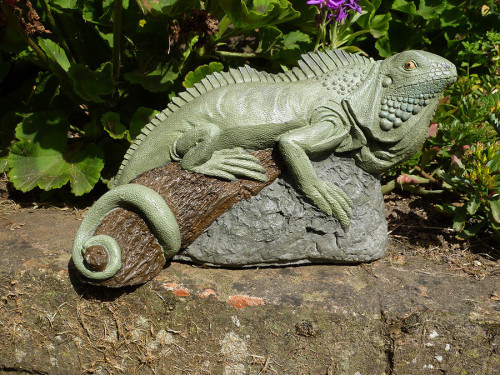
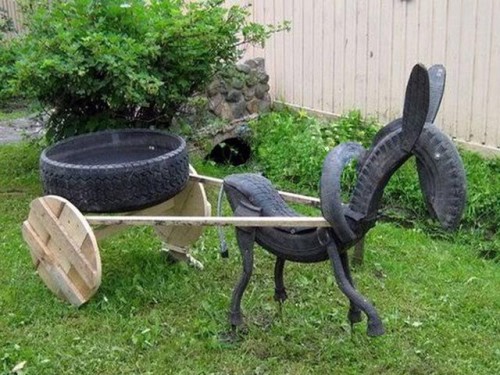
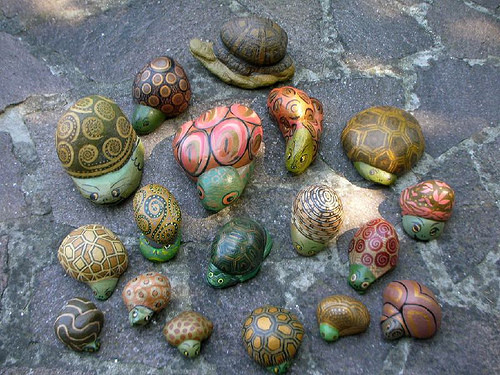
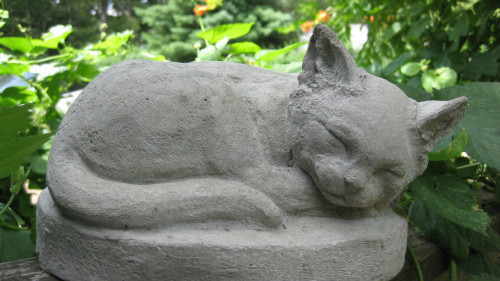
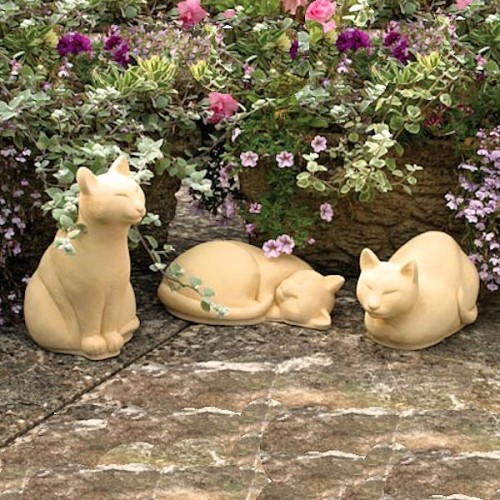
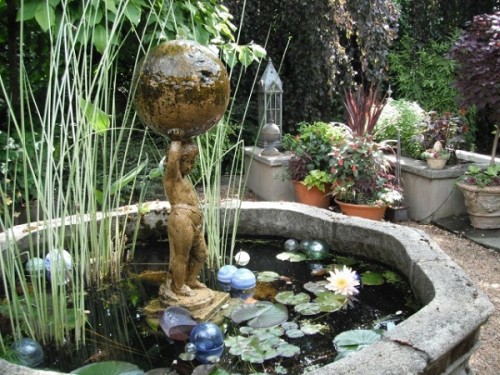
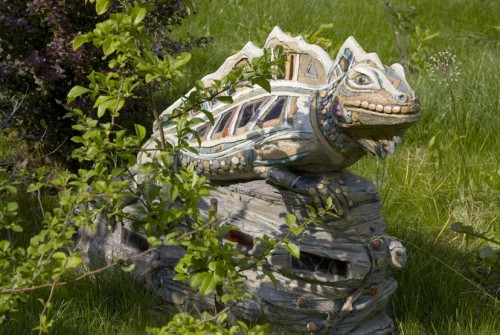
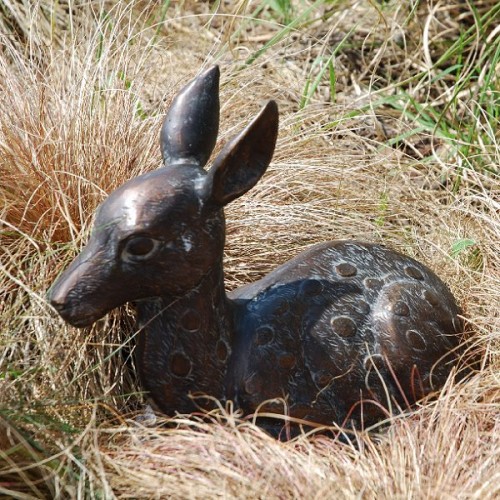

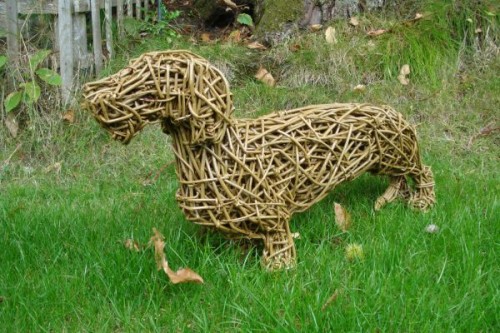
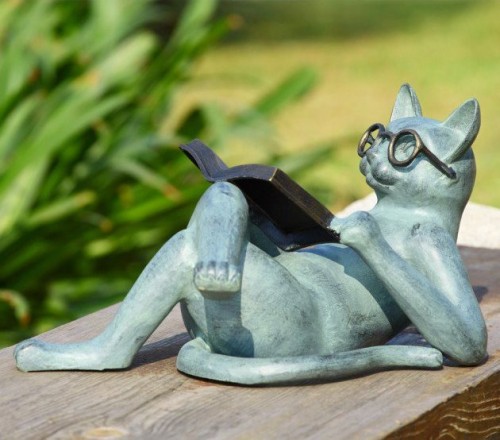





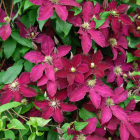
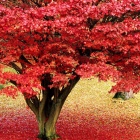
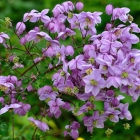
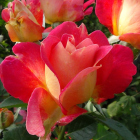
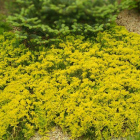

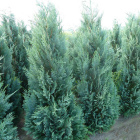
 Start a discussion ...
Start a discussion ...